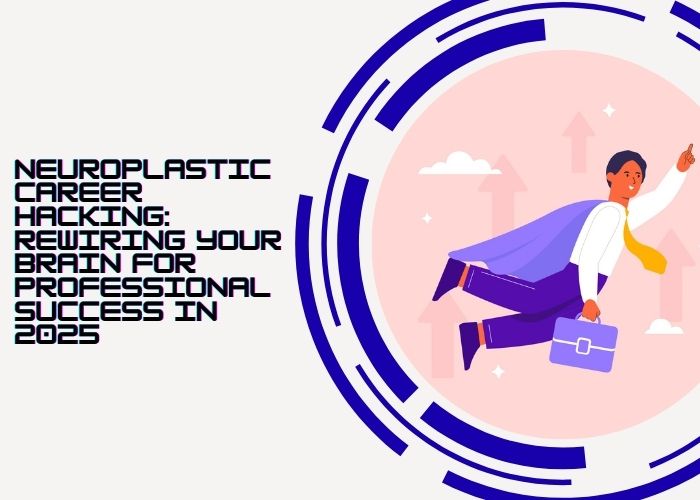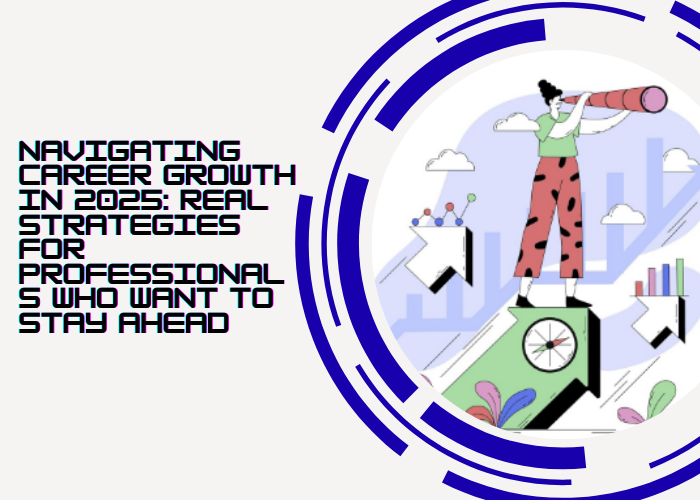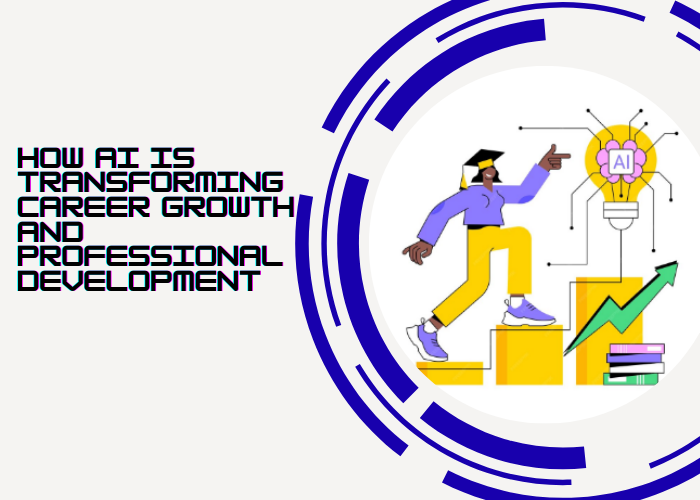AI in Industry: Real Impacts on Production
Artificial intelligence is reshaping industries by boosting efficiency, accuracy, and sustainability across global production lines.
A New Cycle of Industrial Innovation
The global industrial landscape is entering a transformative era, fueled by the rise of artificial intelligence. Once regarded as a futuristic concept, AI is now a core driver of competitiveness for manufacturers, energy providers, and logistics companies worldwide. By embedding intelligent algorithms into daily operations, industries are achieving gains in productivity, efficiency, and decision-making that were unthinkable just a decade ago.
This is not a passing trend—it is the new reality. From small workshops to large-scale smart factories, the adoption of AI is enabling companies to optimize processes, allocate resources more intelligently, and reduce human error. The result is a more strategic and resilient industrial environment.
Key Applications of AI in Modern Production
AI is already being applied in multiple stages of the production chain, with tangible impacts on efficiency and sustainability:
- Predictive maintenance: Smart sensors analyze vibration, temperature, and usage patterns to detect failures before they occur. Instead of reacting to breakdowns, industries can proactively maintain equipment, reducing downtime and saving millions annually.
- Flexible automation: Unlike traditional robots that perform a single repetitive task, AI-powered robots can adapt in real time to new product designs or variations. This agility allows manufacturers to respond quickly to market demand and mass customization.
- Intelligent inventory management: Algorithms forecast demand with impressive accuracy, minimizing overstocking and shortages. Companies can streamline logistics, reduce waste, and strengthen supply chain resilience in unpredictable markets.
- Quality inspection with computer vision: High-resolution AI-enabled cameras detect micro-defects invisible to human inspectors. This ensures higher product quality and improves safety in sectors such as automotive, electronics, and food production.
- Energy efficiency: Predictive systems automatically regulate energy consumption across facilities. By cutting waste and optimizing usage, factories lower costs and carbon footprints, aligning with global sustainability targets.
These applications are not theoretical—they are already deployed in leading factories worldwide. Together, they demonstrate how AI is building the foundation for smarter, safer, and more sustainable production systems.
Real-World Examples and Global Trends
Multinational corporations are leading the charge in adopting AI at scale. Automotive manufacturers now use predictive analytics to monitor entire assembly lines, minimizing defects and accelerating time-to-market. Pharmaceutical companies deploy machine learning in both production and quality control, reducing human error and expediting drug delivery to patients. Even the energy sector is embracing AI for smart grid management, helping balance renewable and traditional power sources.
Interestingly, AI adoption is not limited to large corporations. Cloud-based AI platforms are enabling small and medium-sized businesses to access affordable predictive analytics and automation tools. This democratization of technology is narrowing the gap between industrial giants and local manufacturers, fostering a more competitive global market.
AI and the Labor Market
One of the most controversial aspects of AI adoption in industry is its impact on jobs. There is no denying that repetitive, low-skill tasks such as manual inspections or basic machine operations are being replaced by intelligent systems. However, this does not necessarily lead to widespread unemployment. Instead, the labor market is undergoing a shift.
New roles are being created in areas such as data analysis, programming, robotics engineering, and smart system maintenance. These jobs require advanced technical knowledge, problem-solving abilities, and adaptability—skills that are increasingly in demand across industries. To prepare for this transition, companies must invest heavily in workforce reskilling and training.
Governments and policymakers also play a role. By supporting educational reforms and vocational training programs, they can ensure that workers are equipped to thrive in AI-driven industries. Without these efforts, the risk of inequality in the workforce could increase, leaving behind those without access to new learning opportunities.
Challenges and Ethical Considerations
While AI adoption brings many advantages, challenges remain. Data privacy and algorithm transparency are among the top concerns for regulators and industry leaders. As companies increasingly collect and analyze sensitive information, the risk of cyberattacks and misuse of data also grows. Ensuring robust cybersecurity measures and ethical AI standards is critical for long-term trust and sustainability.
Another barrier is the cost of implementation. Building AI infrastructure requires significant upfront investment, making it more accessible to large corporations than to smaller enterprises. To bridge this gap, public-private partnerships and innovative financing solutions may be needed.
The Future of Smart Factories
Experts predict that the next generation of AI-powered factories will integrate beyond production lines. We may soon see AI platforms offering real-time financial forecasting, automated supply chain decision-making, and even sustainability monitoring at the corporate level. This will not only improve productivity but also redefine how companies approach long-term strategy.
The concept of the “self-optimizing factory” is no longer science fiction. In this vision, AI systems will coordinate everything from material sourcing to final product delivery, with minimal human intervention. However, humans will remain essential in guiding the ethical use of AI, making high-level decisions, and driving creativity and innovation.
Conclusion
We are living through the rise of truly smart factories. Artificial intelligence is not just boosting efficiency—it is reshaping industrial culture, making organizations more proactive and strategic. By handling repetitive and predictive tasks, AI allows workers to focus on creativity, critical thinking, and long-term planning.
For industries, the challenge is clear: adopt AI responsibly, invest in human capital, and ensure that the benefits of this technology are shared across the workforce and society. Those who embrace this balance will lead the next industrial revolution with resilience, inclusivity, and innovation.
Disclaimer: This article is for informational purposes only and does not constitute professional advice. Always consult official sources before implementing industrial AI systems.



